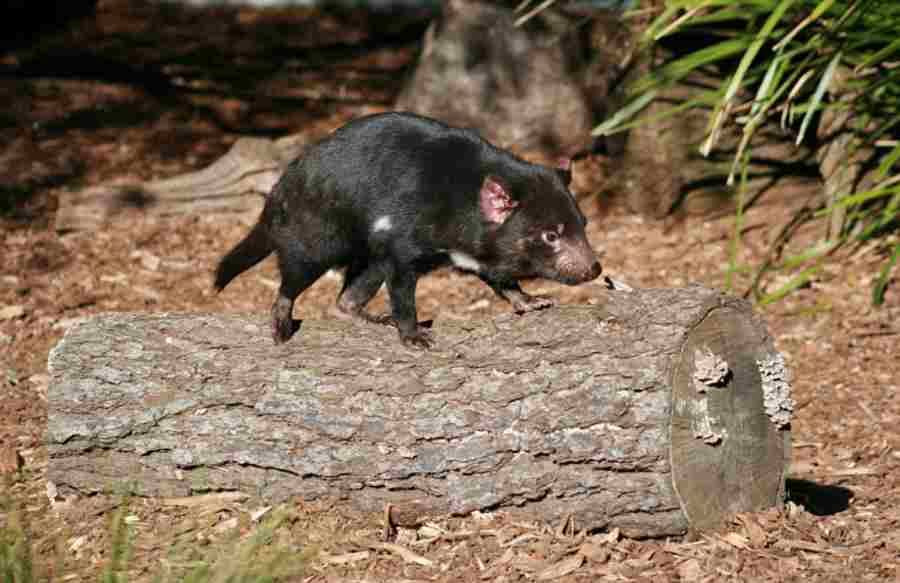Humanity the cause of cancer in other species
As humans develop and adapt to the environment around them, they are changing it to suit themselves, which has a negative impact on many wildlife speciesow, including a higher probability of developing cancer in themow.
– We know that someore viruses can cause cancer in humans by changing the environment in which theorym live, in order to make it more suitable for itself. In their case, this environment is human comorki. Humans essentially do the same. We are changing the environment to make it more suitable for ourselves, while these changes have a negative impact on many speciesoin many roR at different levels, including the likelihood of getting cancer – said Tuul Sepp Arizona State University.
In a publication thatora appeared in the journal „Nature Ecology & Evolution” Mathieu Giraudeau and Tuul Sepp with a team of scientistsow, zwroThey have paid attention to many previous scientific studies, whichore show where human activities are already taking a deadly toll among theod animals. These include chemical and physical pollution in the seas and oceans and in rivers, accidental releases of radiation into the atmosphere from nuclear power plants, or the accumulation of microplasticoin terrestrial and aquatic environments. This should also include exposure of animals to pesticides and herbicides on farmland and loss of rogenetic diversity.
– Cancers in wildlife populations are completely ignored, and we wanted to stimulate research on this issue. In the publication, we wanted to emphasize that our species can strongly influence the occurrence of cancer in many other species ofow on our planet. Cancers have been found in all species ofoin whichors they were looking for. And it is otherwise known that human activities have a strong impact on cancer rates among theod humans – noted Giraudeau.
RoHuman food also has a negative impact on wildlife. – More and more wild speciesow is in contact with anthropogenic sources ofodles of food, and it is known from other studies that wspoModern, highly processed food is a cause of obesity, which in turn is a cause of cancerow. It is also known that light pollution, or excessive lighting at night, can cause hormonal changes and lead roalso to cancer. Animals living near cities and drog are facing the same problem – there is no more darkness. For example, in birdsow, light at night affects their hormones – the same ones thatore are associated with the occurrence of cancer in humans. These problems have been overlooked in wild animal populations – explained Sepp.
While scientists are urgently calling for research into cancer and its causes in wildlife populations, they realize that this is not an easy issue to study. – ProWe are now developing someore biomarkers to moc to study it. I think it would be interesting to measure the prevalence of cancerow in wild animals in human-affected environments, as well as in more protected areas for the same species – declared Giraudeau.
If indeed humans are the cause of the incidence of cancerow in wild animals, many speciesow may be more at risk of extinction than we suppose.
Sourcesobackground: Arizona State University, photo. Pixabay. Pictured is a Tasmanian devil – a species affected by tumors of the snout caused by the loss of rogenetic diversity, whichoThe burden is likely to be placed on humans.
